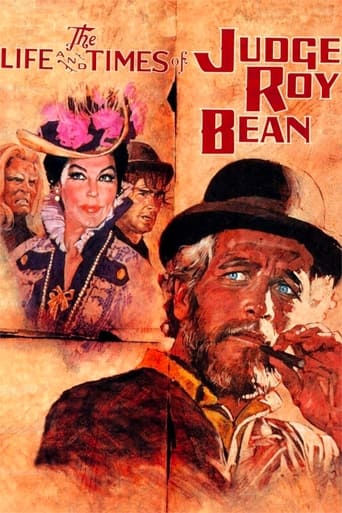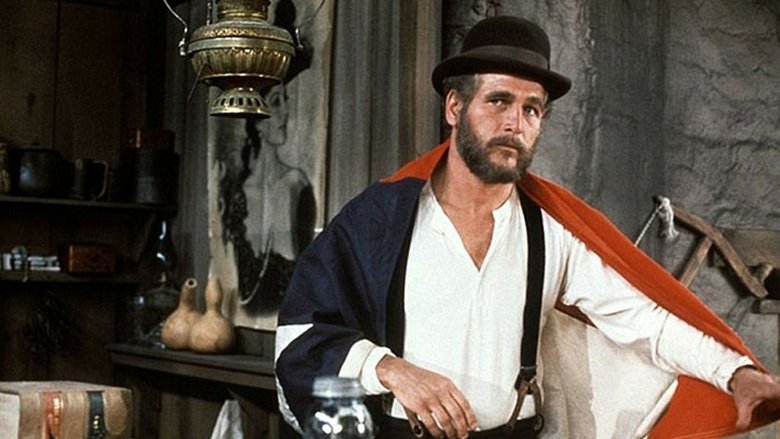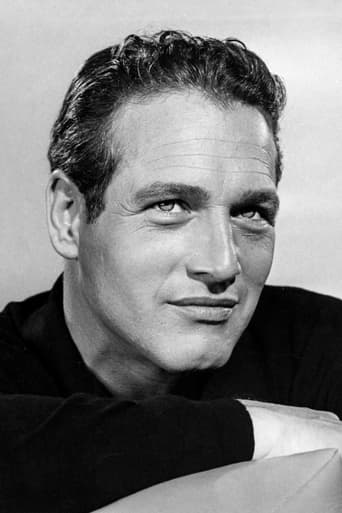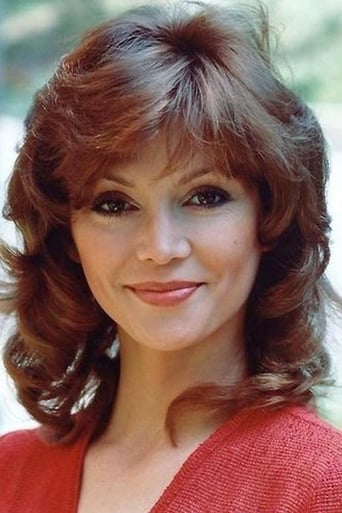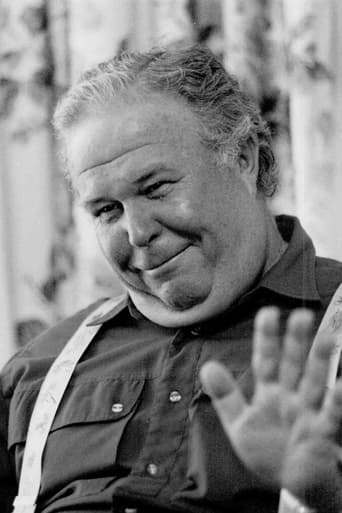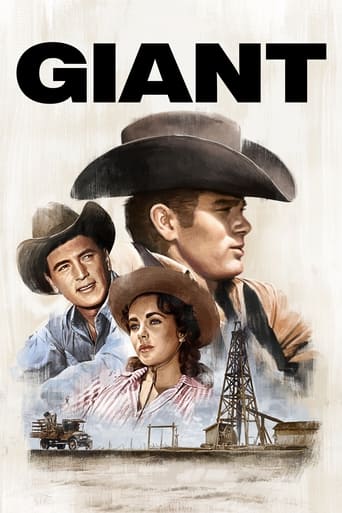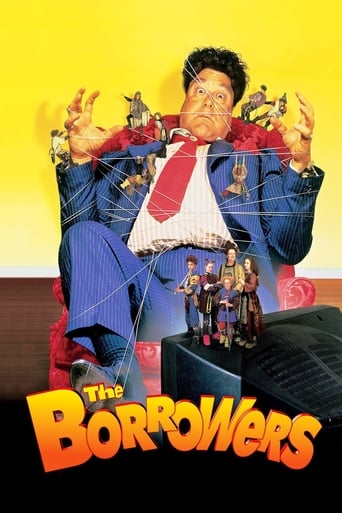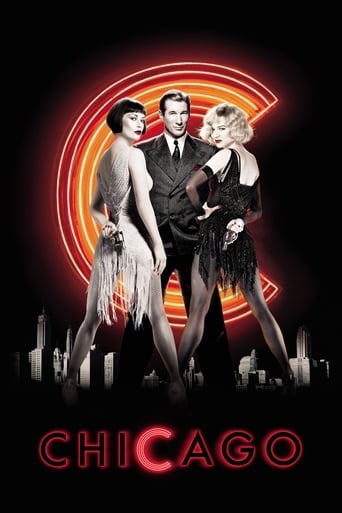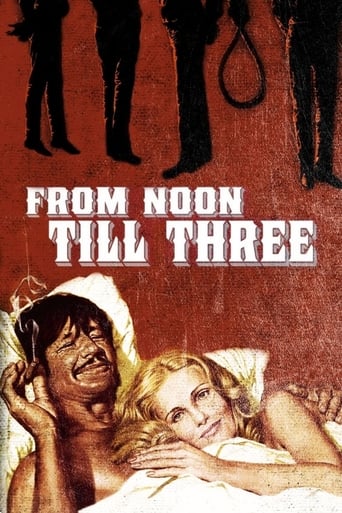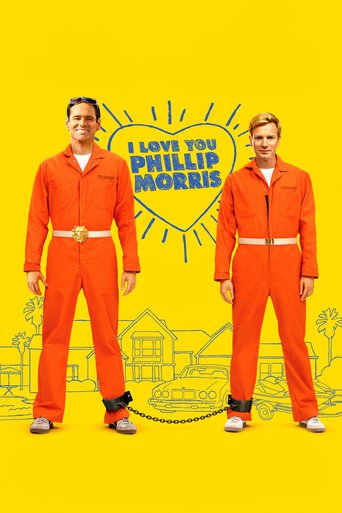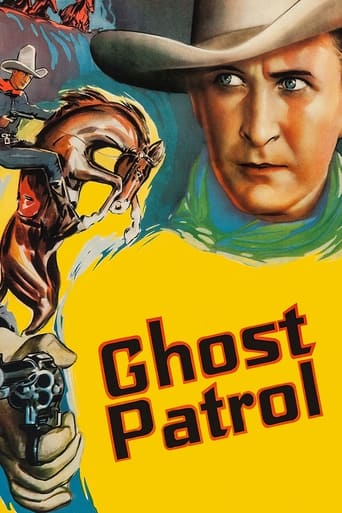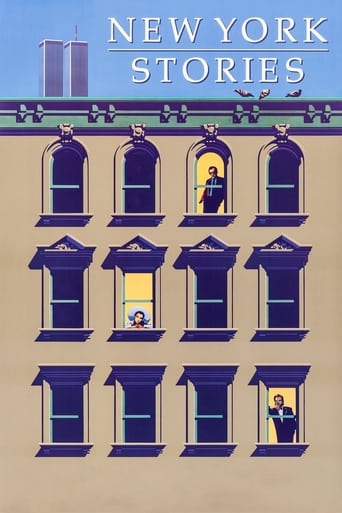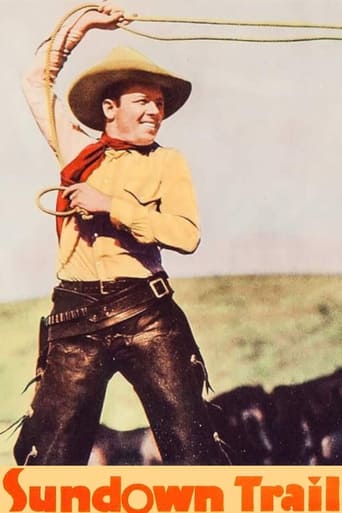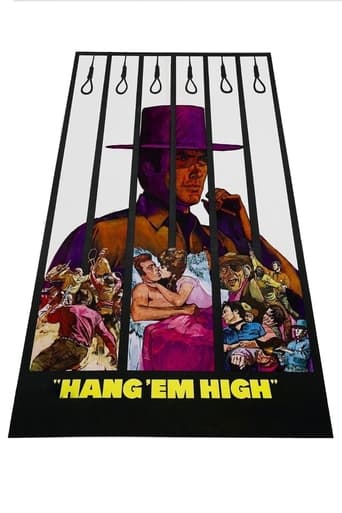The Life and Times of Judge Roy Bean (1972)
Outlaw and self-appointed lawmaker Judge Roy Bean rules over an empty stretch of the West that gradually grows, under his iron fist, into a thriving town, while dispensing his his own quirky brand of frontier justice upon strangers passing by.
Watch Trailer
Cast


Similar titles
Reviews
I love this movie so much
This is one of the best movies I’ve seen in a very long time. You have to go and see this on the big screen.
Worth seeing just to witness how winsome it is.
It's simply great fun, a winsome film and an occasionally over-the-top luxury fantasy that never flags.
An outlaw named Roy Bean appoints himself the judge in a small West Texas town called Vinegaroon, which he renames Langtry in honour of his favourite actress, Lillie Langtry. He also owns the local saloon, The Jersey Lily, which doubles up as his courtroom. He proceeds to dispense his own brand of frontier justice with the aid of his beautiful Mexican mistress Maria Elena, his pet bear and a band of outlaws-turned- deputies, proclaiming himself "the law west of the Pecos", although he has no legal qualifications and has never officially been appointed as a judge. (According to the film, in the late nineteenth century the Pecos River marked the border between civilisation and barbarism; only "bad men and scorpions" lived beyond it). Although Bean acquires the reputation of being a "hanging judge", his rule is welcomed by the townspeople who prefer his version of law and order to no law and order at allRoy Bean was a real-life character, and he really did appoint himself judge in Langtry and dispense justice from the bar of the Jersey Lily saloon. (He was, however, later formally appointed a Justice of the Peace, something never mentioned in the film). It is unlikely that he was as obsessed with Lillie Langtry as he is portrayed here; the town of Langtry was not named after the actress and it is probable that Bean only named his saloon after her because the town already had that name. Maria Elena is a fictional character and there is no evidence that Bean ever had a pet bear. The main part of the film is therefore based on historical fact, albeit only loosely so.The concluding scenes, however, are pure fiction. The action leaps forward from the 1890s to the 1920s. In reality Bean (born in 1825) was considerably older than the character portrayed by Paul Newman (probably born around 1850) and died in 1903. Throughout the twentieth century Langtry has never been anything other than a small village. In the film, however, Bean survives into the Prohibition Era, by which time an oil strike has turned Langtry into a boom town, controlled by a crooked mayor named Frank Gass and his corrupt police force, in league with the gangsters running the illegal liquor trade. Together with his former companions and his daughter Rose, Bean resolves to clean up the town.The ruthless outlaws of the West- Butch and Sundance, Jesse James and Billy the Kid- , as well as dubious characters like Roy Bean, have frequently been portrayed in the cinema and other media as romantic heroes. The gangsters of the twenties and thirties are almost never romanticised in this way- I can't really envisage a "Life and Times of Al Capone"- although the lawmen who fought them, like Eliot Ness, sometimes are. By transporting Bean (unhistorically) from the Old West to the Roaring Twenties, with an entirely fictionalised Langtry standing in for Chicago, to take on the bad guys of that era in a shoot-out, it struck me that writer John Milius and director John Huston might have been making a sardonic comment on American popular culture's often contradictory attitudes to the country's past. The lyrical scene in which Bean romances the lovely Maria Elena (played by a young, pre-"Dallas" Victoria Principal) has been criticised as out- of-place, but to my mind it is in keeping with the generally odd mood of the film, especially as the bear plays a prominent part. It was probably inspired by a similar (if bear-free) scene in "Butch Cassidy and the Sundance Kid", although the accompanying song, "Marmalade, Molasses and Honey", has never entered the popular imagination in the same way as "Raindrops Keep Falling on My Head". (It did, however, gain a "Best Original Song" Oscar nomination). The film was made in 1972, midway between what are perhaps Newman's two best-known films, "Butch Cassidy and the Sundance Kid" and "The Sting". In all three movies he plays a character who is, in one way or another, on the wrong side of the law. Butch is an outlaw, Newman's character in "The Sting" is a conman, and Bean has effectively arrogated judicial power to himself, without any legal authority to do so. All three, however, come across as basically sympathetic- certainly more so than their enemies- largely because Newman throws himself into these roles with such enthusiasm. His persona here is rather different to the cool, detached outsider which was his more regular screen identity. "The Life and Times of Judge Roy Bean" is often described as a "comedy Western", but unlike, say, Mel Brooks' "Blazing Saddles"; it is not a spoof or parody of the traditional Western. It is a comedy in the sense that it is fairly light-hearted in tone, although given Bean's liberal use of the death penalty and his readiness to reach for his gun at the slightest provocation, the comedy is often rather black. Like many Westerns it takes some quite fearful liberties with historical fact, but it ends up as a portrait of the Old West not as it was but as we might have wanted it to be. 7/10
Any film directed by John Huston is worth watching, and this is no exception. It's ambitious in scope and execution as it tells the story of a bizarre, eccentric character (the historical Judge Roy Bean), who, in Huston's film becomes the personification of the short-lived myth of the American West in all its violent, exaggerated, archetypal, twisted glory.A slew of good actors, not the least of them Paul Newman as Bean, makes the film as fascinating to watch as it is frustrating to pin down in its messiness and somewhat confused tone. That said, it's definitely worth watching.Just go with it and enjoy the beautiful cinematography; haunting soundtrack (except for the trite and misplaced Andy Williams tune that pops up in the middle); and, especially, the great cameos by any number of familiar names. Particularly good are Anthony Perkins, Tab Hunter, and in a final coda, a dreamlike sequence in which Ava Gardner rises to the challenge of matching the Lily Langtry whose presence as Bean's unobtainable object permeates the film. In more substantive roles, Ned Beatty and Victoria Principal are excellent as supports to Newman's character.
Paul Newman plays the outlaw who one day, after looking through a law book, decides that he's a judge. He then appoints a bunch of robbers as his Marshalls, hangs posters of a actress all around his bar aka house of law and hangs people left and right. With a beer loving Bear and a hot gal by his side he has a pretty wild life.This is of course a comedy, or at least partly a comedy. It does take time for some drama and a whole lot of action. As the times gets more civilized, the honorable judge Roy Bean never seem to change too much, which is of ill liking of the more sophisticated. Paul Newman gives a solid performance as the half crazed judge, his supporting cast is good as well and we even get great cameos from Perkins, Gardner and Huston himself. I highly recommended watching this one.Overall rating 8.5/10.
A lot of people seem to think any undiscovered film - or any movie nobody's heard of starring actors who later became great - must be some sort of misunderstood classic that's simply fallen by the wayside for no other reason than a glut of more recent/more popular movies on the market. While that is occasionally true... I think more often than not, most 'forgotten classics' arrived at their current state because they DESERVE to be forgotten. And "The Life and Times of Judge Roy Bean" is definitely one of those cases.The 60s and 70s produced some truly awful westerns, and we can thank God those decades didn't produce many. This (fictionalized? who knows?) version of the Judge Roy Bean legend has moments of pure tragedy, such as Bean's trip to see Miss Langtry. It has moments of mesmerizing beauty - all of Victoria Principal's screen time. And it has its unique moments of ursine comedy (you never mix bears, beer and glue!) But taken as a whole, and with the inclusion of many off-kilter multiple-character voice-overs - and other commentaries delivered STRAIGHT AT THE CAMERA, sheesh! - "The Life and Times of Judge Roy Bean" puts itself squarely in the MISS THIS column.So do yourself a favor and pay no attention to those commenters posing as ultra-cultured film fans, mining the vaults of unknown genius and praising a "hard to find" movie. (Did I mention it's neither lost NOR rare? I got my DVD for five bucks at a certain Mr. Walton's general store.) Voting nine or ten stars for this mess?? Get real... I have a feeling that, 30 years in the future, those same voters will be waxing rhapsodic about Sci-Fi Channel weekly movies from the late 1990s.

